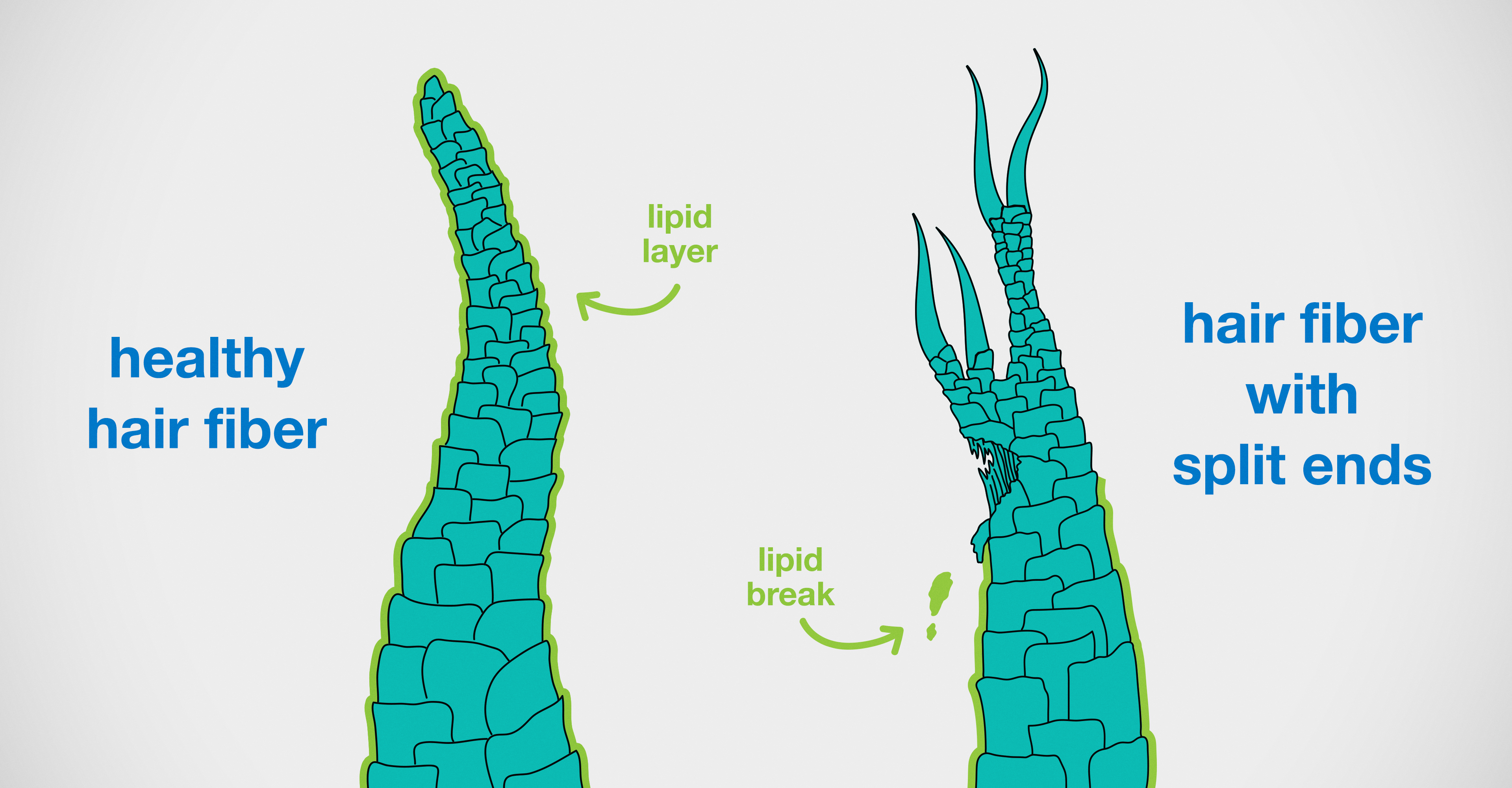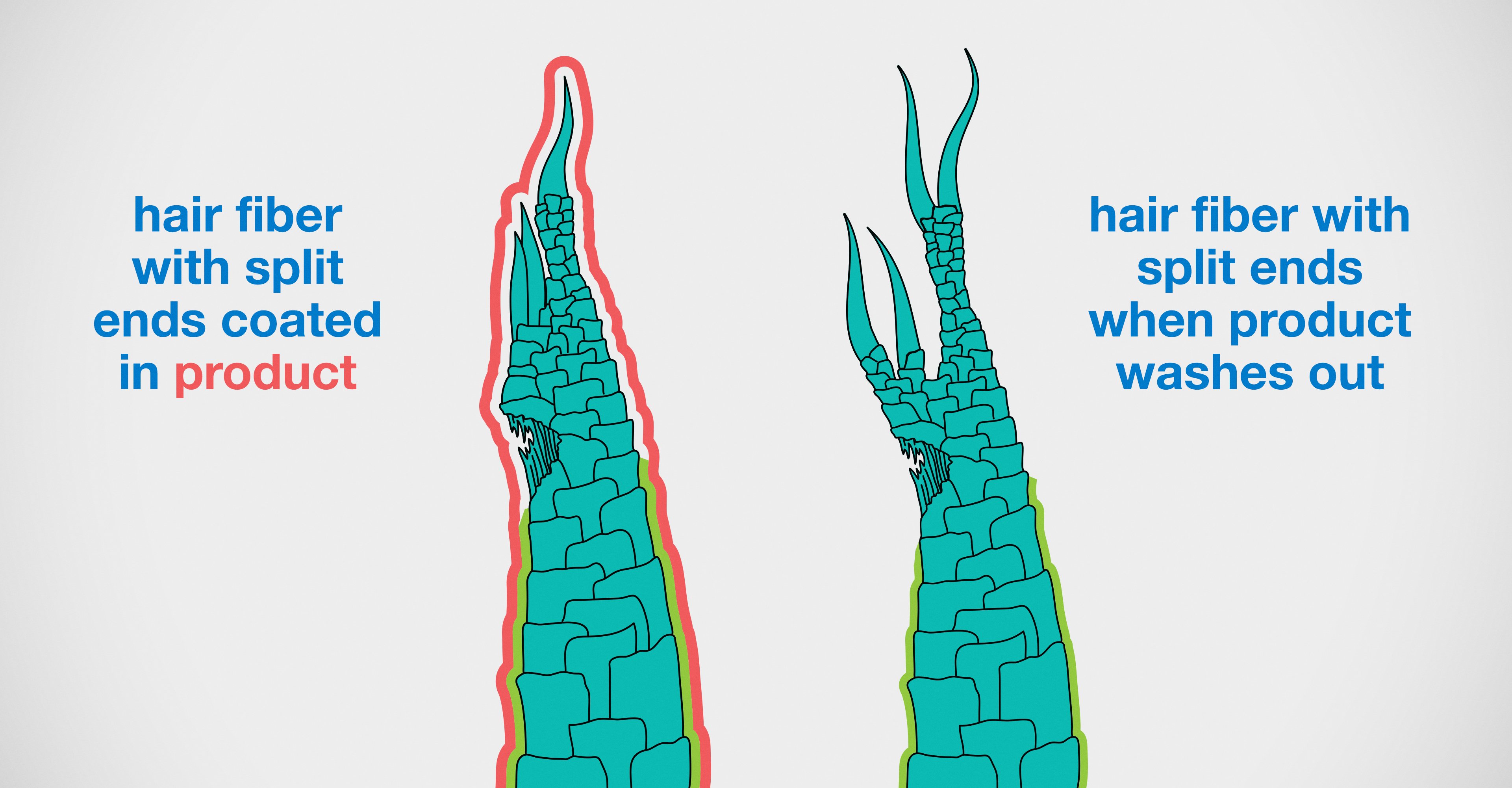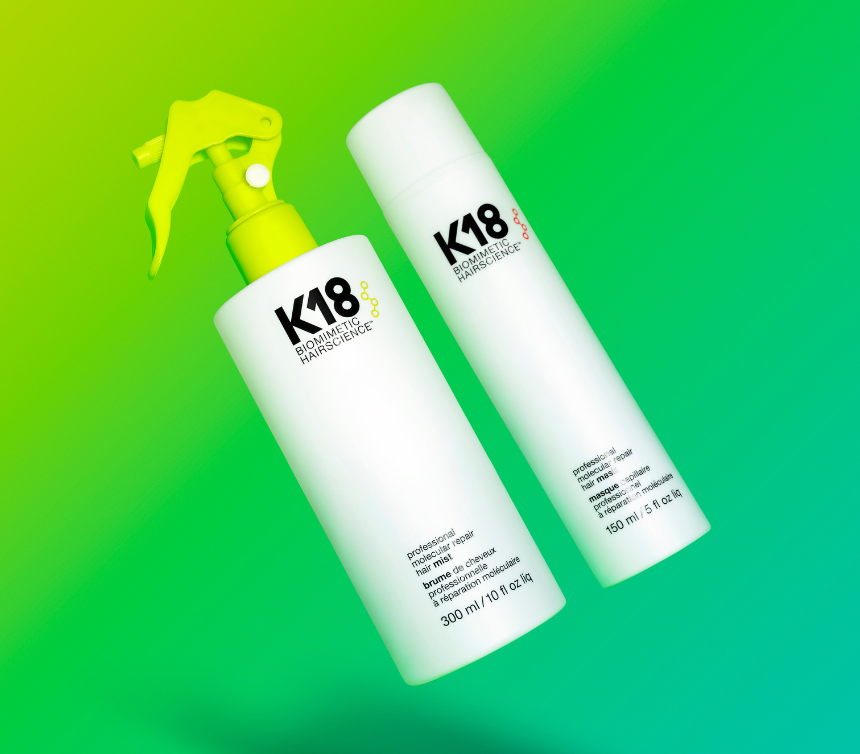Split ends are annoying. They cause hair to appear dull, dry and damaged. And while some haircare products claim to “cure” split ends, many hair PROs say the only cure is to cut them off.
So, what’s the truth?
We’re here to unpack where split ends come from, what split ends are, and how to treat them to help you keep hair happy, healthy, and split-end-free.
where do split ends come from?
The end of hair is the oldest part of hair. And it goes through a lot. We know that chemical salon services cause damage that contributes to the appearance of split ends. But split ends can also form as a result of exposure to the sun or harsh weather conditions in the environment.
If your clients regularly use heat to straighten, curl, or blow dry their hair, that heat stresses their strands and can cause split ends. Even regular hair brushing and styling can apply mechanical stress to their hair and lead to split ends.
In short, just by living with hair, we are prone to split ends. Those of us who love to express ourselves through our hair? Even more so.
but what are split ends?
First, it’s important to understand how hair is structured. The outside layer of the hair fiber acts like a shield to protect hair from all the elements it can be exposed to. However, with lots of continued damage over time, that outer protective layer can deteriorate and that’s where the split ends come into play. As the cuticle layer of hair becomes damaged and is stripped away, the inner cortex is left exposed and splits. SPLIT ends. See what we did there?
what happens scientifically?
You might remember, the cortex is made up of helical keratin protein chains—coil-shaped structures that naturally assemble with other keratin proteins to form coiled coils. Coiled coils, in turn, weave together to form intermediate filaments, which bundle to form macrofibrils—rod-like fibers that serve as the main structural component of cells in the cortex. Together, the keratin structures give hair its strength and elasticity.
When the outer cuticle erodes due to damage, there is nothing to protect the fibrous keratin of the cortex. So the hair fiber is now susceptible to the full force of damage, which breaks down the bonds and main structure, ultimately causing the fibers to unwind, creating split ends.

is it possible to reconnect split ends?
Most split-end “cures” simply conceal split ends. A lot of these so-called cures, including traditional oil treatments, protein masks, leave-in products, shampoos, and conditioners, conceal the appearance of split ends by coating + smoothing the hair with lots of fillers. The result is better looking hair but they fail to fix the underlying problem—and wash out the next time you shampoo.
But what’s the science? Polymers and film-formers found in personal care ingredient lists can wrap split fibrous proteins together temporarily, but these ingredients only serve as band-aid treatments. They do not restore the cortical structures inside of hair.

so what can I do to avoid or heal split ends?
When your clients have split ends, that means that their cuticle has eroded due to damage. The key then, is to approach the issue from the inside out. Holistic haircare + damage repair from the innermost layers all the way to the outside cuticle is crucial to ensuring long-term hair health—and less split ends in the process.



